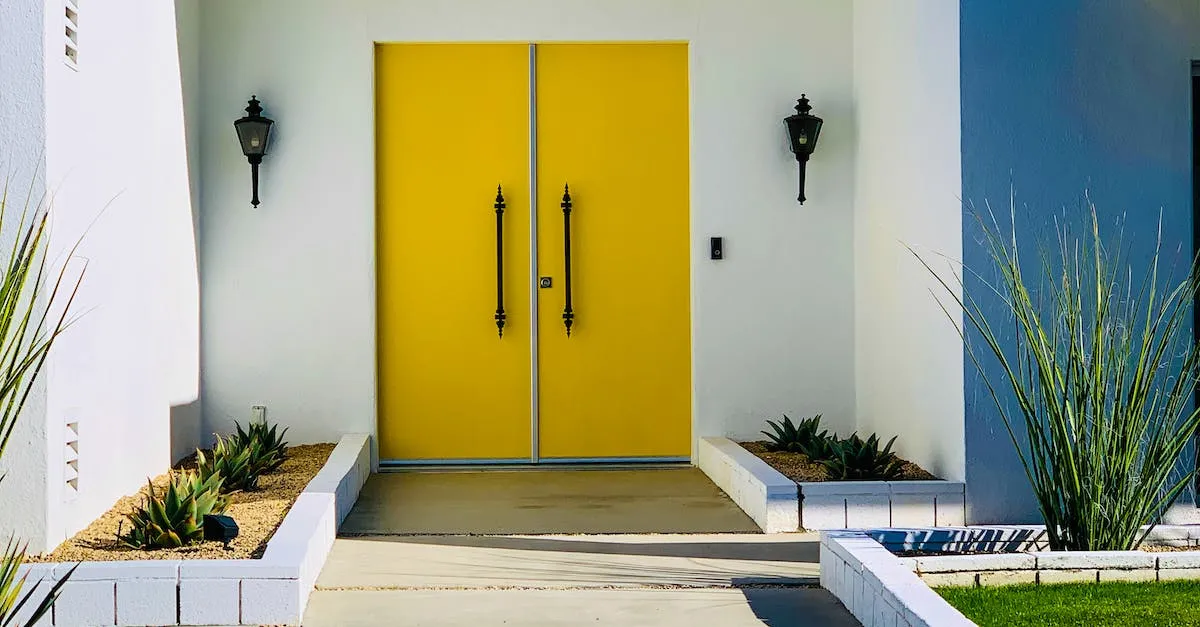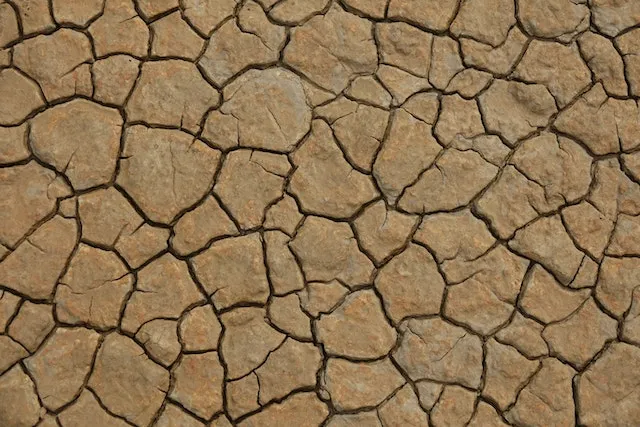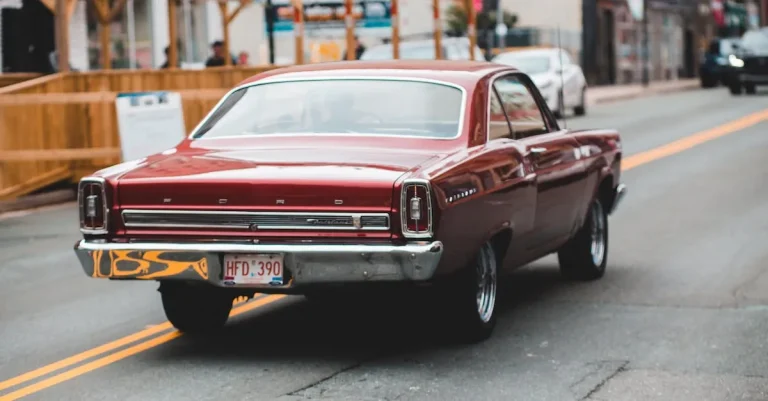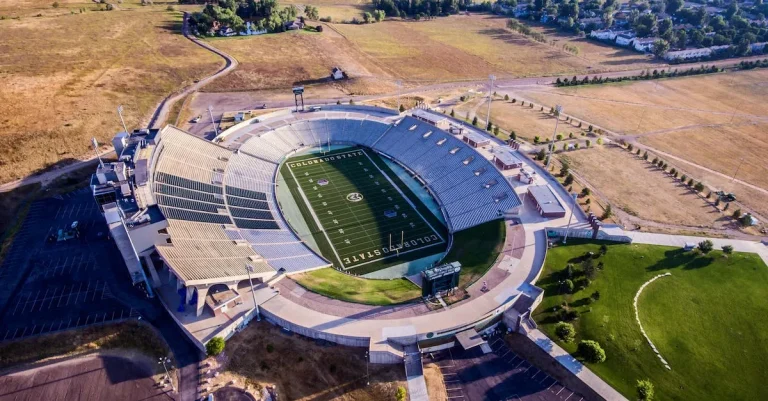How Much Down Payment Do You Need For A House In California?
With home prices in California among the highest in the nation, saving up for a down payment can be daunting for first-time homebuyers. Determining how much you need to put down depends on factors like location, home price and mortgage program.
If you’re short on time, here’s a quick answer to your question: The typical down payment on a house in California ranges from 3-20% of the purchase price, with 20% down being ideal to avoid private mortgage insurance.
20% Down Conventional Loans
When it comes to purchasing a house in California, one of the most common down payment options is the 20% down conventional loan. This type of loan requires the borrower to put down 20% of the purchase price as a down payment.
While this may seem like a significant amount, there are several advantages to choosing this option.
Avoids PMI
One of the biggest benefits of a 20% down conventional loan is that it allows borrowers to avoid paying private mortgage insurance (PMI). PMI is typically required for borrowers who put down less than 20% on their home purchase.
By putting down a larger down payment, borrowers can save money in the long run by eliminating this additional monthly expense.
According to mortgagecalculator.org, PMI can cost anywhere from 0.5% to 1% of the loan amount annually. For example, on a $500,000 loan, PMI could cost between $2,500 and $5,000 per year. By putting down 20% and avoiding PMI, borrowers can save thousands of dollars each year.
Maximizes Approved Loan Amount
Another advantage of a 20% down conventional loan is that it can help borrowers maximize their approved loan amount. Lenders often have strict guidelines when it comes to loan-to-value ratios, which is the loan amount divided by the appraised value of the property.
By putting down 20% of the purchase price, borrowers can reduce the loan amount and increase the likelihood of getting approved for a larger loan.
For example, if a borrower is looking to purchase a $500,000 house, a 20% down payment would be $100,000. This means the borrower would only need to finance $400,000, resulting in a lower loan-to-value ratio.
Lenders typically prefer lower loan-to-value ratios as they indicate less risk for the lender.
In addition, having a larger down payment can also help borrowers secure a lower interest rate on their mortgage. Lenders often offer better rates to borrowers who have demonstrated a strong financial commitment by putting down a substantial amount of money upfront.
10-15% Down with Conventional Loans
When it comes to buying a house in California, one of the most important factors to consider is the down payment. With conventional loans, a down payment of 10-15% is typically required. This means that if you’re purchasing a home with a price tag of $500,000, you would need to have $50,000 – $75,000 saved up for the down payment.
Lower Monthly Payments
One of the advantages of putting down a larger down payment is that it can lead to lower monthly mortgage payments. When you have a bigger down payment, it reduces the amount of money you need to borrow from the lender.
As a result, your monthly mortgage payments will be lower, making homeownership more affordable in the long run.
PMI Usually Required
With a down payment of less than 20%, it is common for lenders to require private mortgage insurance (PMI). PMI is an additional monthly cost that protects the lender in case the borrower defaults on their loan. Typically, PMI costs around 0.5% to 1% of the total loan amount per year.
However, once you have paid off enough of your mortgage or your home value has increased, you may be able to cancel your PMI.
It’s important to note that these numbers are general guidelines and may vary depending on the specific lender and loan program. It’s always a good idea to consult with a mortgage professional to get a better understanding of your options and what down payment amount would be required for your specific situation.
3-5% Down FHA Loans
One option for homebuyers in California is to consider FHA loans, which allow for a down payment as low as 3-5% of the purchase price. This can be a great option for those who may not have a large amount of savings for a down payment.
FHA loans are insured by the Federal Housing Administration, which makes them more accessible to borrowers with lower credit scores or less traditional credit histories.
Smaller Down Payment
With an FHA loan, borrowers can take advantage of a smaller down payment requirement, making homeownership more achievable. Instead of having to come up with a traditional 20% down payment, which can be a significant amount of money, borrowers can put down as little as 3-5% of the purchase price.
This can be a game-changer for many first-time homebuyers or those with limited savings.
PMI Required
It’s important to note that with FHA loans, borrowers are required to pay for Private Mortgage Insurance (PMI). PMI is an additional monthly cost that protects the lender in case the borrower defaults on the loan.
While this can increase the overall cost of homeownership, it allows borrowers to secure a mortgage with a smaller down payment. It’s crucial for borrowers to factor in the cost of PMI when calculating their monthly mortgage payments.
For more information on FHA loans and how they can help you become a homeowner in California, you can visit the U.S. Department of Housing and Urban Development website.
VA Loans with 0% Down
For qualified veterans, VA loans offer an incredible opportunity to purchase a home in California with no down payment required. This is especially beneficial for those who may not have saved up a large sum of money for a down payment or who prefer to use their savings for other expenses.
VA loans are backed by the Department of Veterans Affairs and are available to active duty service members, veterans, and even certain surviving spouses.
For Qualified Veterans
If you are a qualified veteran, you may be eligible for a VA loan with 0% down payment. This means that you can finance the entire purchase price of the home without having to come up with a down payment.
This can be a huge advantage for veterans who may not have the means to save up for a down payment or who want to keep their savings for other financial goals. With a VA loan, you can take advantage of the benefits of homeownership without the burden of a down payment.
No PMI
Another great benefit of VA loans with 0% down is that they do not require private mortgage insurance (PMI). PMI is typically required for conventional loans with less than 20% down payment to protect the lender in case of default.
However, VA loans are backed by the government, which eliminates the need for PMI. This can save veterans hundreds of dollars each month, making homeownership even more affordable.
It’s important to note that while VA loans offer the opportunity for 0% down payment, there may still be some closing costs associated with the loan. However, these costs can sometimes be negotiated with the seller or rolled into the loan itself.
If you’re a qualified veteran looking to buy a house in California, VA loans with 0% down payment can be a game-changer. Not only do they provide an opportunity for homeownership without a down payment, but they also eliminate the need for PMI, making them an attractive option for many veterans.
To learn more about VA loans and their eligibility requirements, visit the Department of Veterans Affairs website.
Down Payment Assistance Programs
For many potential homebuyers, the down payment is often the biggest hurdle to overcome. Thankfully, there are various down payment assistance programs available in California that can help make homeownership more attainable.
These programs offer financial assistance to eligible buyers, making it easier for them to secure a mortgage and purchase their dream home.
First-Time Homebuyer Loans
One popular type of down payment assistance program is specifically designed for first-time homebuyers. These programs aim to support individuals who have never owned a home before and may not have the necessary funds for a substantial down payment.
First-time homebuyer loans often come with low interest rates and may even offer additional benefits such as reduced closing costs.
One such program is the California Housing Finance Agency’s (CalHFA) first-time homebuyer loan program. It provides eligible buyers with loans to cover their down payment and closing costs. The program also offers various loan options to cater to different financial situations, making it more accessible for a wide range of homebuyers.
Affordable Housing Programs
In addition to first-time homebuyer loans, there are also affordable housing programs available in California that provide down payment assistance. These programs are aimed at low to moderate-income individuals and families who may struggle to afford the upfront costs of homeownership.
One such program is the California Department of Housing and Community Development’s (HCD) CalHome Program. This program offers loans to eligible buyers to cover their down payment and closing costs. The loans are typically forgivable after a certain period of time, making it an attractive option for those looking to minimize their financial burden.
Another notable program is the Federal Housing Administration’s (FHA) loan program, which offers low down payment options for homebuyers. FHA loans are insured by the government and often require a down payment as low as 3.5% of the purchase price.
This can be a significant advantage for buyers who may not have substantial savings.
When considering down payment assistance programs, it is essential to research and understand the specific requirements and terms of each program. Consulting with a mortgage professional or housing counselor can provide valuable guidance in determining which program is the best fit for your financial situation.
Conclusion
While 20% is generally recommended, there are many mortgage options in California that allow down payments as low as 3-5% for qualifying buyers. Factors like loan type, income, credit score, and property determine down payment limits.
With proper preparation and research into programs available, more California homebuyers can achieve the dream of homeownership with a smaller down payment.








